Nigerian artists Jennifer Ogochukwu Okpoko and Dr RitaDoris Edumchieke Ubah are inspired by colonial photographs to make new textile work drawing on the heritage of uli body and wall painting.
Between 1909 and 1915, the colonial anthropologist Northcote W. Thomas travelled through Southern Nigeria and Sierra Leone in order to collect information intended to benefit the British administrators. This reflected an “entanglement” between anthropology and colonialism which has been criticised as an exercise in imperialism. While acknowledging the colonial context of its formation, SOAS (School of Oriental and Asian Studies) Professor Paul Basu argues that the archival legacies of Thomas’s surveys also have great value in the present, not least to those communities who were studied.
[Re:]Entanglements is a project that follows the itinerary of Northcote Thomas and re-visits those communities to invite their responses to his photographs, sound recordings and other archival materials. This is part of a broader research initiative entitled Museum Affordances, funded by the UK Arts & Humanities Research Council.
An important element of the project has been to invite contemporary artists in West Africa to respond to Thomas’ photographs. This has resulted in a series of exhibitions, including one at the University of Nigeria, Nsukka. Among the many participating artists, two were particularly interested in exploring how Thomas’s documentation of Igbo uli body and wall art might be translated into textile design.
Jennifer Ogochukwu Okpoko
- Jennifer Ogochukwu Okpoko, The Beauty Within, 2019, tapestry weaving, embroidery, 3x 150x61cm.
- Original photographs from Northcote Thomas
Jennifer Ogochukwu Okpoko is a recent graduate from the University of Nigeria, Nsukka, specialising in textile design and researching traditional Igbo weavers in Delta State. She was particularly interested in the photographs of uli murals from her hometown, Agulu, in Anambra State.
Her work The Beauty Within reflects the uli mural designs photographed by Thomas. She translates these into a variety of textiles, including tapestry weaving in earth colours, tapestry tiles in more vibrant colours and mixed tapestry and embroidery.
As she states: “The art of Uli is murals and body paintings practised by women of the Igbo society in ancient history. Due to current interests in the practice by researchers and educators, the practice is being re-introduced in contemporary contexts. As an active artist-researcher, I recreated the wall paintings, which was depicted in the archive we were presented with, from a modern perspective. I used techniques like tapestry weaving, embroidery, and fabric painting, which I learned during my undergraduate program.”
Dr RitaDoris Edumchieke Ubah
- RitaDoris Edumchieke Ubah, Igbo Kwenu, 2019, appliqué, 305x144cm.
- Original photographs from Northcote Thomas
Listen to RitaDoris Edumchieke Ubah discussing her translation of uli mural designs into textile art and her incorporation of N. W. Thomas archives into her teaching.
Dr RitaDoris Edumchieke Ubah is a textile artist from the Igbo speaking tribe of Eastern Nigeria with a Masters in International Law and Diplomacy. She has been researching Uli linear motifs. These designs are predominantly for women’s bodies, which she learnt them from her grandmother Mrs Mmanwanyi Margaret Ogamba and her Aunt Mrs Nwabuaku Christiana Madukwe Unegbu.
For the exhibition, Ubah produced a large appliqué panel entitled Igbo Kwenu, a second appliqué of a masquerade figure and uli motifs that feature in Thomas’ photographs. Her fashion collection was worn by models at the opening of the exhibition, showing the contemporary revival of uli designs.
Ubah also has produced a work that was not in the exhibition but worth noting. Migration is an installation that reflects the movement of peoples in Nigeria.
As she writes, “On the religious crisis in Nigeria, for example, the Boko Haram and ISWA Islamic fundamentalists have been fighting Federal forces of Nigeria over their intention to establish an Islamic state in the northern part of Nigeria. The movement of people and other forms of displacement engendered by this crisis has inspired me to create this installation as a tribute to the millions of displaced persons across the world, hoping to find solace or undergoing a lot of difficulties in other lands… The crimson fabric underlays of the installation upon which the purple and black knitted saucer-like doilies are placed provides the base for the whole composition. My choice of crimson as part of the background in the installation is to use it as imagery for the life-threatening conditions that take over and fuel people’s migration to safer climes. From its worse to lesser forms, such conditions include war, famine, political and religious persecution, internal crisis and bad governance. These causes are not strange as I have experienced some of it.
“Arranged on the surface of the work are about 2000 vessels which I used to represent the images of the migrants as they struggle to flee to safety. I borrowed the imagery of the word “vessel” from Christian theology (Acts 9:15), where it is used to signify a human being. The unglazed vessels are clustered in a human traffic gridlock. Congestion is a common sight in migrant camps or as migrants try to leave or enter a territory.
[Re:]Entanglements responds to external ethnographic interests in Nigeria from the colonial era. Paradoxically, the same forces of colonialism that led to the demise of many traditional practices also took pains to record this disappearing way of life. Today, these archives are playing an important role in reviving interest in indigenous cultural practices such as the art of uli. The exhibition helps offers an important response from Nigerians themselves to this legacy.
You can see more works from the Nsukka exhibition here which also features Ngozi Omeje. Many thanks to Paul Basu for assistance with this article.

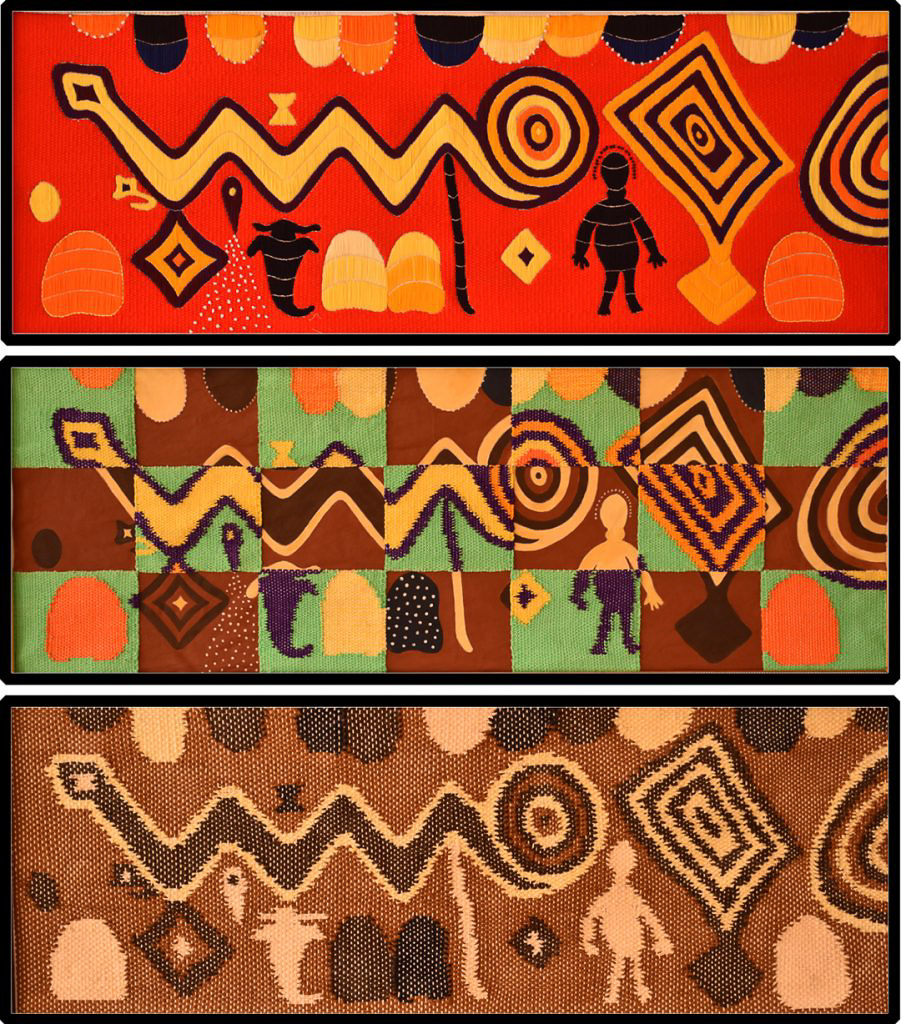


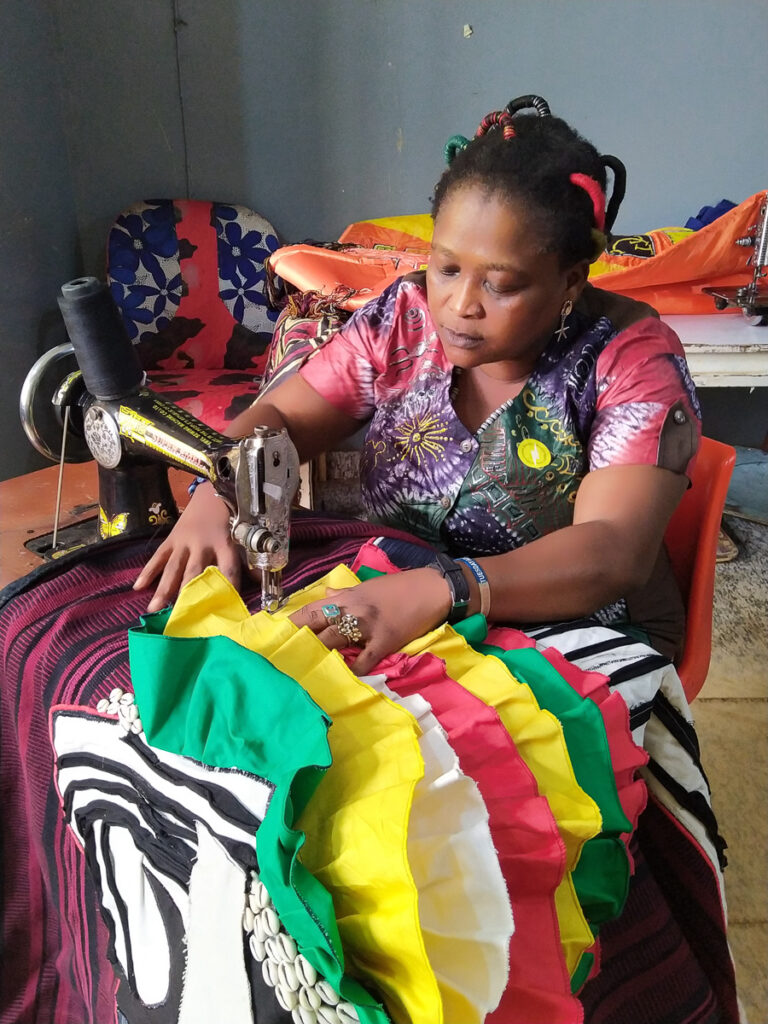


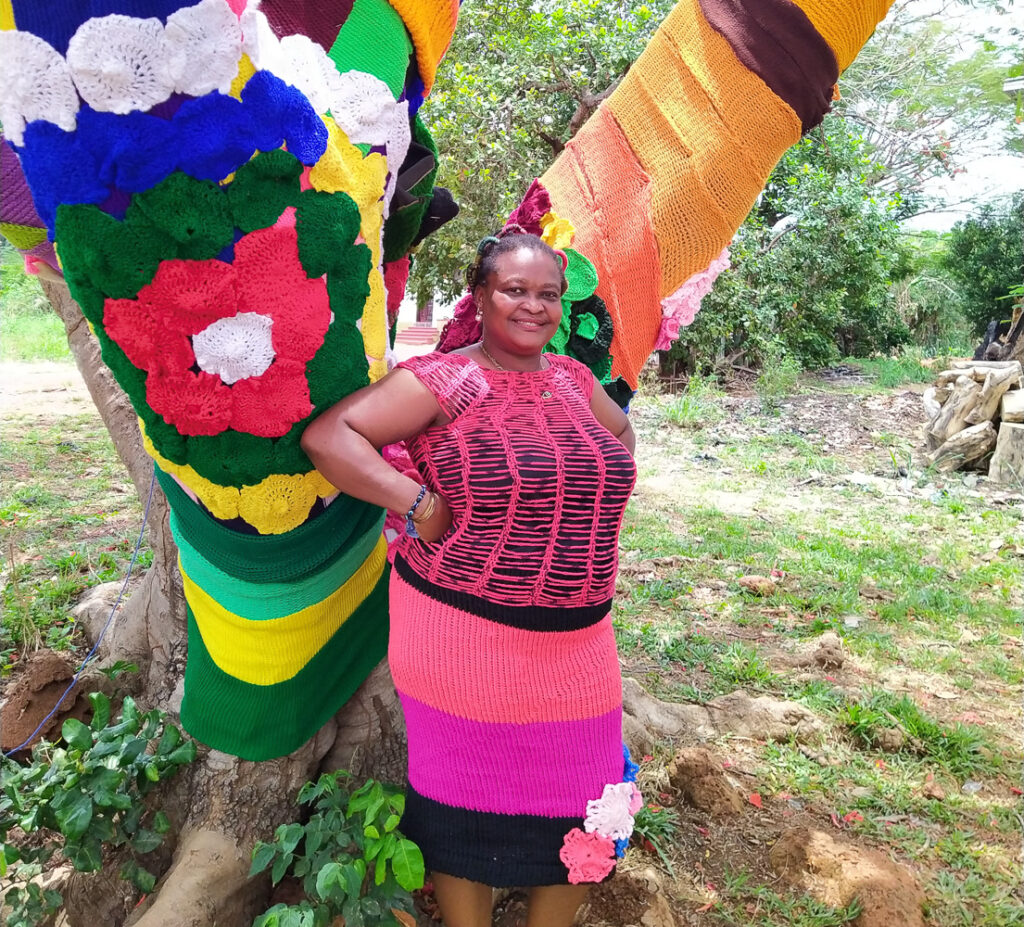

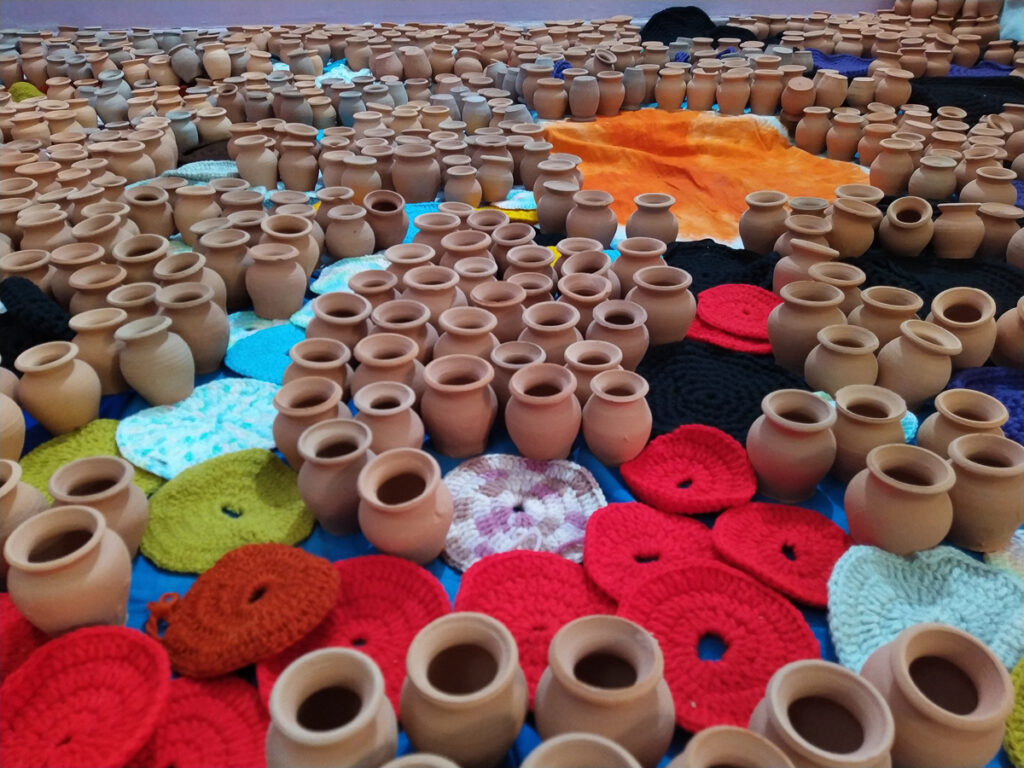
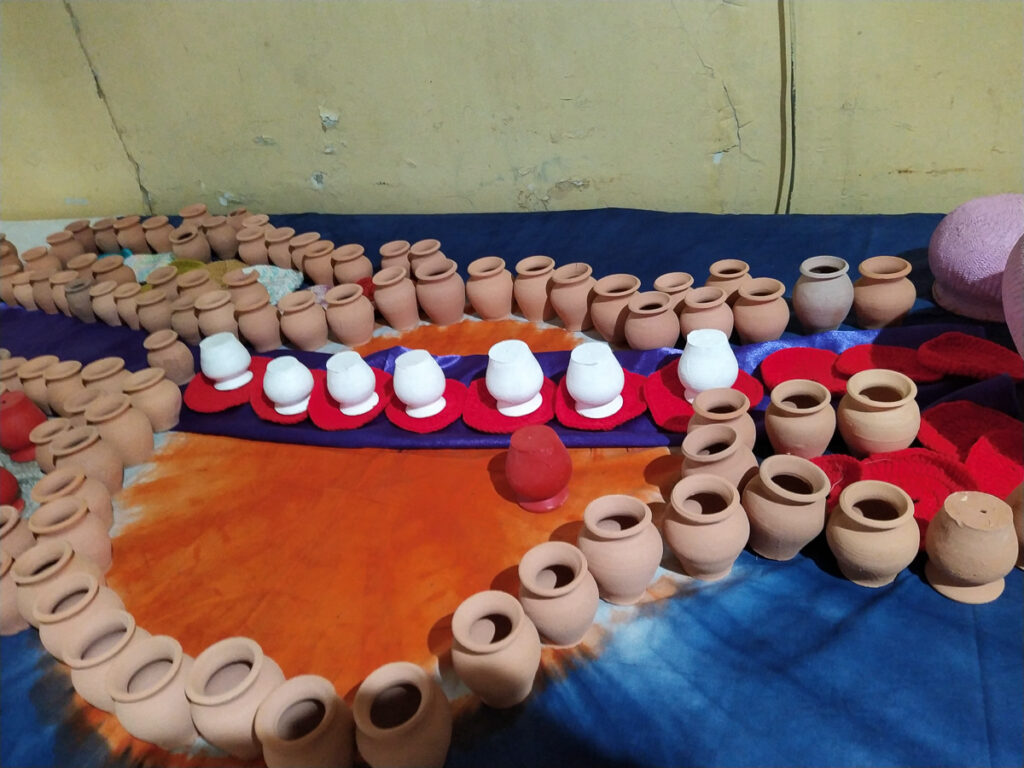

Comments
Very good to be able to listen to RitaDoris Edumchieke Ubah speaking about her engagement with the Thomas archive materials, her work in education and her methodology as an artist.